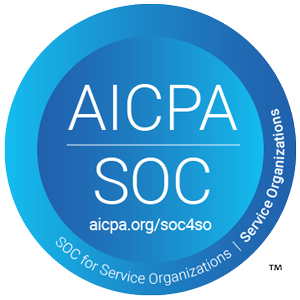Successful innovation challenges foster creativity and breed more innovation within a company – but you can’t “go through the motions.” Innovation is powerful – and you need to inject that power into your challenges.
Laurent Benichou, Director of Innovation & Foresight at AXA, and Brightidea Innovation Consultant George Kyriakopoulos, shared their expertise around precisely that in our latest Google Hangout, The Art of Developing Powerful Challenges.
When you watch it, here’s some of what you’ll see:
Identify what needs fixing – and who can help
What’s the most important criteria in identifying a prime innovation challenge? Kyriakopoulos offers, “Good challenges are often brought on by the need to solve a business problem.” But running a powerful challenge also requires a solid Innovation Challenge Sponsor.
The best sponsors have the ear of the CEO – so approach them and find out what THEY need. Two birds, one stone. But don’t make it too high level, adds Benichou, “A great challenge needs to speak to everybody.” Especially with company-wide challenges it’s important that descriptions be simply-phrased and understandable so people know that anybody can contribute.
Sidestep obstacles with careful planning
As with most things in life, innovation challenges should be done right or not at all. Here’s how:
Keep things simple. A long, complicated submissions process is a deterrent, so make it easy for participants to share their ideas. Crafting clear standards will make for a more efficient evaluation process when the time comes, too.
Communicate often and early. Get your communications team on board and fight hard to keep them focused on your challenge for the duration.
Think ahead. There will always be surprises, so plan for what IS predictable. Some key considerations:
- Judges’ availability
- Implementation phase – budget, staff
- Thank yous/rewards to participants and your team
Learn from others’ mistakes and you won’t make as many of your own.
Evaluation is an ongoing process
One way to encourage participation throughout your challenges is to have those who aren’t offering ideas, voting on them. However, votes aren’t the end-all-be-all. A so-so idea by someone actively recruiting votes shouldn’t win over an amazing idea by someone less socially connected.
Or as Kyriakopoulos puts it, “’The system’ is not going to define which is the best idea. There’ve got to be humans you trust behind the process that are going to look at the ideas and find the diamonds in the rough.”
To ensure objectivity, Benichou’s strategy is to gather SMEs to make up about 50 percent of the judging pool. The remaining 50 percent comprises a mix of people across the company, including marketing and other consumer-facing departments.
Benichou’s evaluators use Brightidea’s score sheet. “I would not recommend choosing any other tool,” he says. “It’s really effective.”
The bottom line is to vet all ideas, and not waste time on anything that doesn’t work. Though Benichou notes, some ideas that don’t work now, may work later. Save these to be reviewed periodically – but only if there’s true potential there.
There’s a lot more to offer in the full Webinar, including lessons learned in running innovation challenges, and how to get that super crucial C-suite buy-in. So if you’re ready to “buy in,” watch The Art of Developing Powerful Challenges today, and reach out for more on how Brightidea can power your process.


